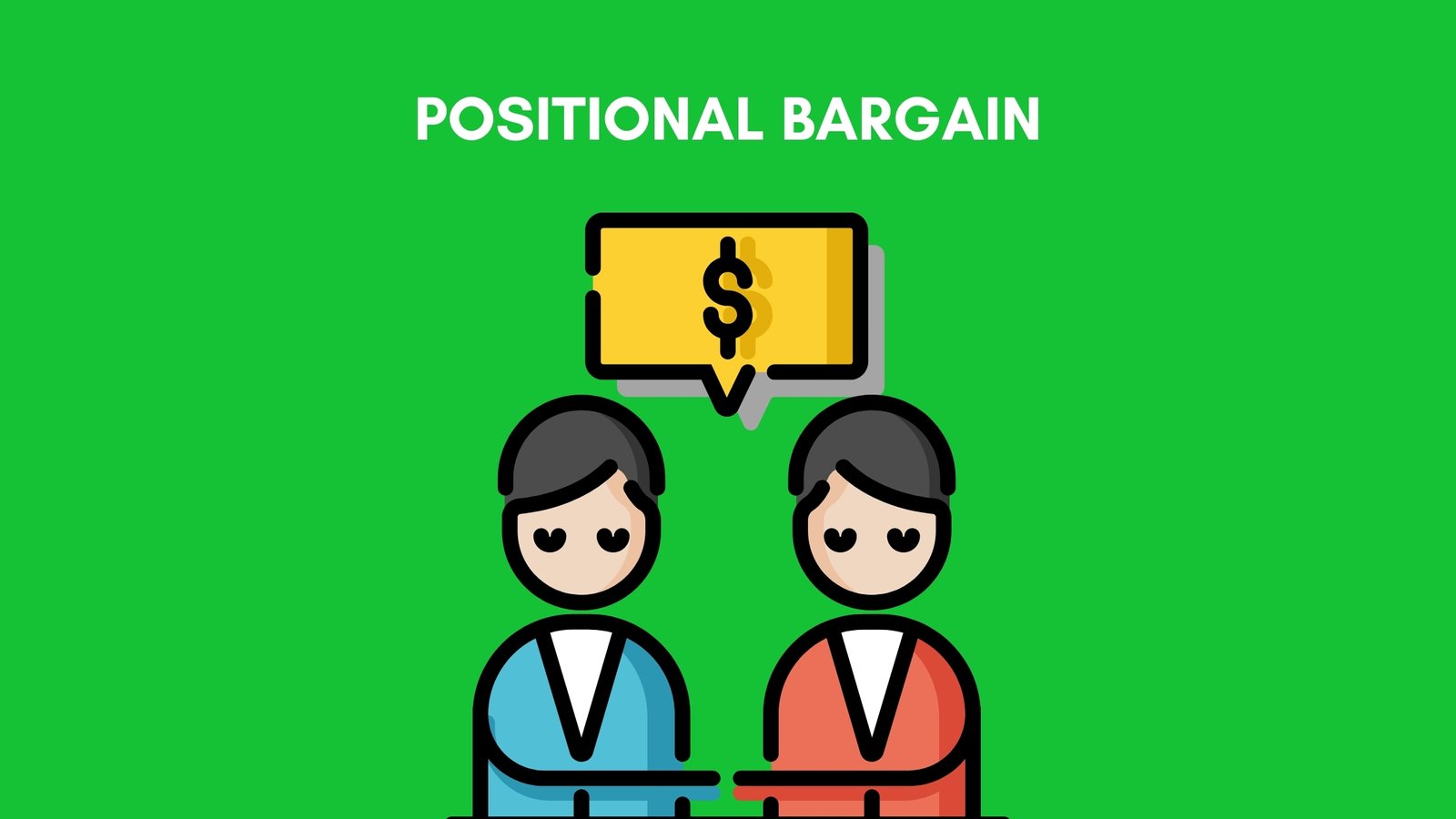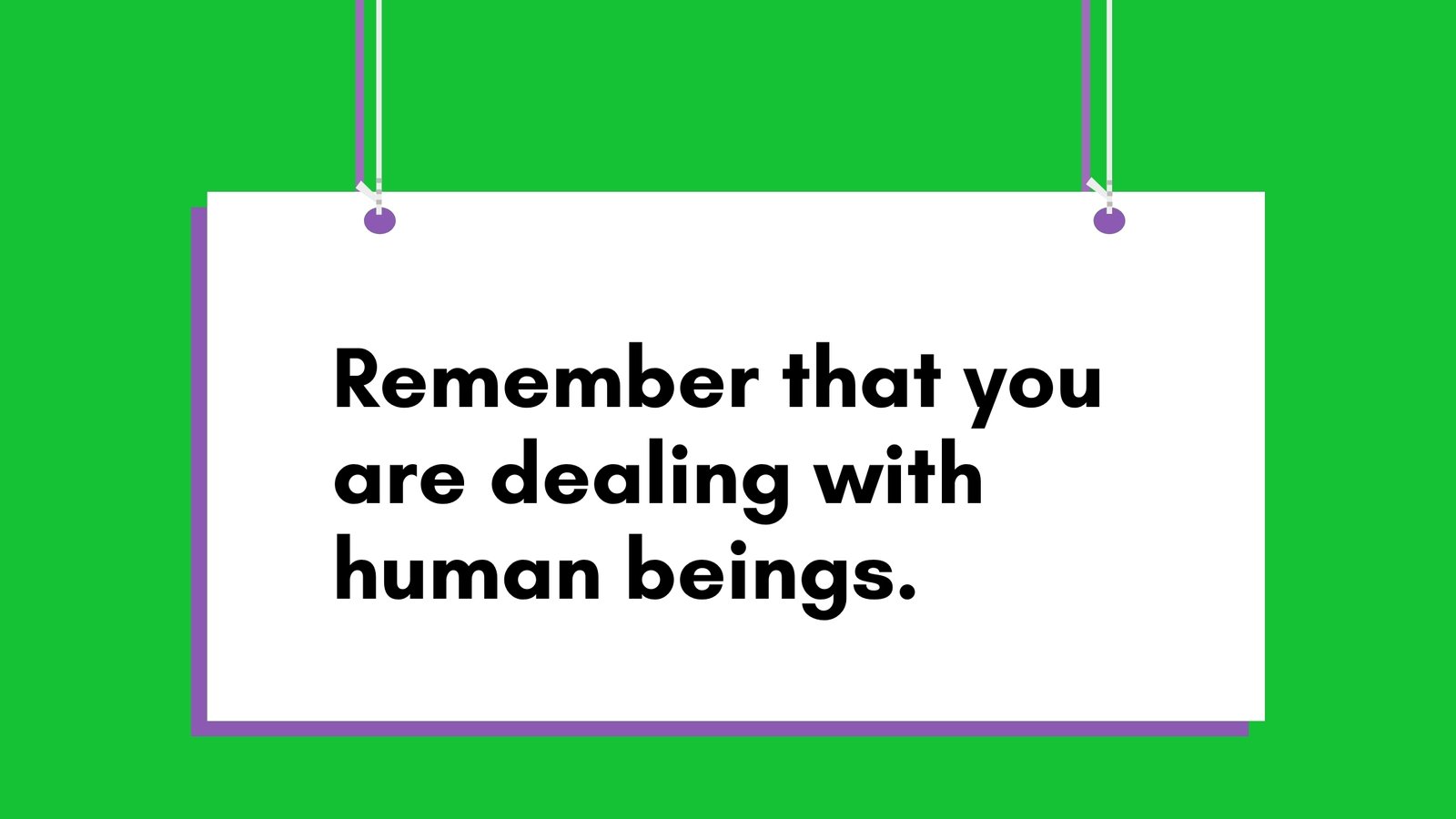What’s in it? Quick Summary
Getting To Yes by Roger Fisher discusses how one should approach negotiations in their daily lives. You also learn what types of bargaining are there, and how you should reach a conclusion with gains for both the sides involved. In short, this book makes you a better negotiator overall.
Getting To Yes by Roger Fisher Summary
Negotiations are a crucial part of life.
Often we have to bargaining to get the best and succeed.
In this book summary, I’ll share the best lessons I learned from this book.
Alrighty, so without further ado, let’s dive right in!
Lesson #1: Understand what Negotiations are and why they matter.

Simply put, negotiations are just two or more parties trying to talk with each other to reach an agreement or conclusion.
The purpose of negotiation might vary, though. For example, in a negotiation between two CEOs, the purpose might be to collaborate or discuss some other plans. Or it might even be just a friendly talk.
But usually, negotiations are more serious than just friendly chats. There is some goal or interest attached to it.
The question is:
Why do negotiations matter in life?
No matter where you go, you’ll have to enter a negotiation at some point in your life. Negotiations are part of our daily lives.
Sometimes they involve many people, and sometimes they involve as little as two persons.
Strangely, animals don’t have to negotiate. And even if they do, we’ll never know it. But being humans, we often need to reach a conclusion or agreement to accomplish a goal.
It might not seem like a big deal. But there are various aspects of negotiation that are often ignored. And that results in conflicts.
You might have seen people fighting over different perceptions of the same issue. Why do you think sometimes simple talks turn into people getting violent or frustrated and throwing tables and chairs at each other?
Those conflicts occur because people don’t spend enough time learning how to negotiate properly.
Sadly, proper negotiations are underrated among ordinary people. And learning about it is considered a waste of time and energy.
Books like this one are often dull to read and require effort and will power on the reader’s part.
The word “negotiation” itself gives pain to the tongue and sounds so formal. No doubt, most people hate to learn about it.
Luckily, in this book summary, we’re going to discuss how to negotiate properly and avoid conflicts. In short, you’ll become a little better negotiator by the end of this summary.
Read this if you want to master high-stakes negotiation without any compromise: Never split the difference book summary
Best Tools for Bibliophiles
- Listen to your Favorite Books on The Go: Try Audible and Get Up To 2 Free Audiobooks | Get 3 Free Audiobooks
- Read over 2 million e-books on any device: Sign up for 30 days free trial of Kindle Unlimited and read your favorite titles.
- Get free 2-day shipping of your favorite books and stream premium TV shows on Amazon Prime: Sign up for 30 days free trial of Amazon Prime.
- I use Notion to take reading notes, plan everything, and run all my businesses. (Notion is my Second Brain 🤯): Get Notion for free for personal use (paid for teams/businesses)
Lesson #2: Understand Positional Bargaining.

Positional Bargaining is two parties trying to negotiate to reach a conclusion. But the catch here is, they do so by defending their position or interests or whatever.
Let me make this simple with an example.
Let’s say you’re an employee discussing with your boss and trying to convince him for a salary raise.
Here is how the negotiation might go:
You: Good morning, Sir.
Boss: Do you need anything?
You: Yes, I want to raise my salary.
Boss: Why do you think I should raise your salary?
You: Because I worked hard and achieved all my targets faster than others.
Boss: But still, that doesn’t make you eligible for a salary raise.
You: But…
Boss: (Finding another excuse for not raising salary) …
You: But…
Did you see how the boss is trying to defend himself and taking a stand for his point by giving silly excuses? While you are trying your best to convince your boss to increase your salary.
Getting back to the definition of positional bargaining, what’s the bargain in the above Boss-Employee conversation? Salary hike.
Both you and the boss are bargaining and trying to reach a conclusion.
Again, the conclusion is subjective. The conclusion doesn’t mean that everything will be in your favor.
An optimal conclusion often has gains for both parties. So no party feels left out.
Note: There are other types of bargaining strategies too, but since Roger hasn’t talked much about them in the book, I’m keeping things simple.
Lesson #3: Realize the Pros And Cons of Positional Bargaining.
Positional bargaining is one of the most used bargainings.
You don’t realize it yet, but you might have used this already thousands of times.
For example, when you go to a shopkeeper, you bargain and put the effort into buying the item at the lowest price possible. At the same time, the shopkeeper tries his best to sell you at the maximum price possible.
Both have different interests. You want to save money for a burger. At the same time, the shopkeeper wants to increase his sales revenue.
One major pro of Positional Bargaining is that it’s easy. And that’s why so many people prefer doing it. While other strategies require some effort and analysis.
The cons of this Bargaining strategy arise when people defend their positions or interest to satisfy their egos.
Why do people defend themselves? It’s simple, humans have ego, which makes them do so.
And as Ryan Holiday says, “Ego is the enemy.“
The situation during negotiation becomes worse when people put their relationship at stake.
Still, there is a lot of debate among the negotiators in the world whether the Positional Bargaining is efficient or not.
Lesson #4: Avoid mixing people with the problem

Any negotiation has 3 things in common:
- People (Two or more.)
- Problem (At least one.)
- Conclusion (If things go well.)
More often than not, people get mixed with the problem.
Remember the boss-employee conversation? When the issue at hand gets mixed with people, the relationship suffers.
Imagine if, amid the negotiation, you think that your boss is an a%#ho#e. What if the boss starts feeling the same way about you?
What do you think would happen then? Your relationship with your boss will become worse, and the negotiation won’t reach its conclusion.
That way, both you and the boss will end up in a lose-lose or win-lose situation.
When you mix people with the problem, things tend to take a terrible turn.
People have different perceptions. And it affects how and what they think during a negotiation. Think of perception as a roadway for negotiation. If both parties’ perception are in harmony, then negotiation will be more likely to reach a win-win conclusion.
And conversely, if both parties’ perceptions don’t align well, negotiation will suffer.
How good would it be if everybody could switch their perceptions just by changing their glasses? Sadly, it doesn’t happen in reality. People have their own perceptions.
Perception difference is the root of conflict during any negotiation.
Always remember that people have their own emotions and worldviews.
Try to avoid conflict as much as possible. Often those emotions skew how people see a certain thing.
The first step is to separate people from the problem. Never hurry while having a negotiation.
The ideal way is to keep the problem in the center. Also, don’t forget to consider people’s emotions and perceptions. It’s just that your goal must be clear — solve the problem.
There might be underlying issues within people too.
Maybe the people entering the negotiation aren’t in the right mood.
Or maybe your boss already hates you or you hate your boss. But during negotiation, you must be focused on the problem, keeping in mind the feelings and emotions of your boss.
Sometimes, people feel threatened and take arguments personally. That’s why understanding these teeny-tiny aspects of communication or negotiation is essential.
Lesson #5: Blaming is one of the fastest ways to create conflict
Want to know the recipe for a perfect disastrous negotiation? Tell the other party how wrong they are, and everything wrong that happens in this world is their fault.
It’s easy to put the blame on someone. But it’s hard to analyze the situation appropriately.
When you show someone their fault, they instantly feel threatened by it and close their mind. This becomes a hindrance to the smooth flowing of ideas between both parties.
Be frank during your negotiation. Encourage the other party to put their ideas and interests out in an authentic way.
Lesson #6: Be more detailed while putting out your interests
Most negotiations go wrong due to a lack of clarity of interest of both parties.
Instead of using generic sentences, you should prefer using more detailed sentences and providing context to your ideas.
For instance, if you’re a startup founder and negotiating with an investor, you should give him more details or context about your idea, like why you’ve started your startup, who is your target audience, etc. instead of giving generic ideas.
Often people get lazy and keep their arguments too short, which creates confusion. Avoid this at all costs.
If possible, ask the other side to be more elaborative in their arguments.
Most people think that details are unnecessary and eat away time. So they try to rush through the negotiation and try to reach a conclusion as fast as possible. This might help one reach a conclusion faster. But it won’t help one find the right conclusion.
Logically, it’s next to impossible to reach an agreement without cooperating and considering all the arguments.
Another advantage of encouraging a cooperative approach is that both sides become comfortable with each other, which further opens room for healthy discussion. Even in the case of formal negotiations, when that happens, the negotiation gets more efficient.
A healthy cooperative environment during negotiation acts as a lubricant and reduces friction between both sides.

Lesson #7: Consider the possibility of being wrong
It’s so weird that people entirely ignore the possibility of being biased and wrong while making certain statements.
Being humans, we tend to think that what we say or think is right. You couldn’t be more wrong.
Ego might be one reason why people assume that they’re right. This becomes an issue when both sides act the same way. In that case, no conclusion is reached since no side is considering the possibility of error.
This might sound like a small thing, but it affects how negotiations go on.
Lesson #8: Figure out “WIIFM”
Pretty often, what happens is that one side gets so self-absorbed in achieving gains that it hardly pays any attention to the other side’s interest. As a result, the other side loses interest.
Any negotiator, before entering into a negotiation, thinks and asks himself “What’s in it for me?”
If there is no gain, then what’s the point of tiring negotiation. Right?
As a good negotiator, you have to figure out WIIFM for both yourself and the other party and try to find common ground.
If you can figure out clearly what the other negotiator exactly wants, you can improve your chances of success.

Lesson #9: Have a strategy to fall back on
Negotiation is a game of arguments. It’s good to encourage ideas from the other party. But at the same time, you must not go in loss.
A good strategy protects you from a loss and provides enough gains to both sides.
It’d be best if you also consider the possibility of the other side dominating you. You must be ready for the worst-case scenario.
For those moments when you get cornered, Roger advises that you should have a bottom line.
For example, if you’re discussing a deal, you must set the lowest or highest possible rate in your mind right from the start. In case you get cornered by the other party, you should use all the options to make sure that you don’t get below the lowest rate.
Remember that an ideal conclusion includes some form of gain for both sides.
The Key takeaways from “Getting To Yes Summary”
Let’s wrap up the key ideas from this book summary:
- Negotiations are something you should master as they are required in almost every aspect of our lives.
- Bargaining might lead to conflicts if not done properly.
- Don’t be too self-absorbed while negotiating.
- Understand your purpose of negotiation.
- Figure out what you and the other side desire.
- Try to encourage the other side to put their ideas in front elaborately.
- Be authentic and frank while negotiating.
- Don’t suffer loss.
- Have a strategy to fall back on.
- Avoid conflicts during negotiation. You won’t want to look like children quarreling over a bar of chocolate.
Extra lessons you can learn on Blinkist:
- Why avoiding conflicts lead to a higher return.
- How you should outline options before searching for solutions.
- Why you should find objective criteria to base your decision on.
- Why you can’t guarantee your success even after having the best tools possible.
⇾Start Blinkist 7-days Risk Free Trial
Getting To Yes by Roger Book Review
Pros
- Practical concepts.
- Roger has a great knowledge of negotiations.
- Makes you a better communicator in general.
- Deep explaination of techniques.
Cons
- Might bore those who don’t read often.
- Repetitive ideas.
- Useless if you don’t practice the theories given.
At first, this book looked boring. At one moment, I even considered dropping this book out of my reading list. But as I started reading further, I found myself hooked into it.
Communication theory sounds theorotical. In reality, you reap its benefits when you go and actually apply those lessons.
I highly recommend this book to anyone who wants to become a better negotiator or a good communicator in general.
Now It’s Your Your turn
I hope Getting To Yes Summary packed you with some negotiation tips and strategies.
Which lesson do you think will help you the most?
Let me know your thoughts in the comments below.
And if you liked this summary, share it with those who want to get better at communication.
Further reading
- Book Summary: How To Win Friends And Influence People by Dale Carnegie
- Book Summary: :Leaders Eat Last by Simon Sinek
Want to consume more insightful, power-packed content like this in the future?
Subscribe to the weekly email newsletter.
Subscribe to YouTube channel for animated video books.
Try Amazon’s Audible 30-days Free Trial and Get 2 Audiobooks for free.

